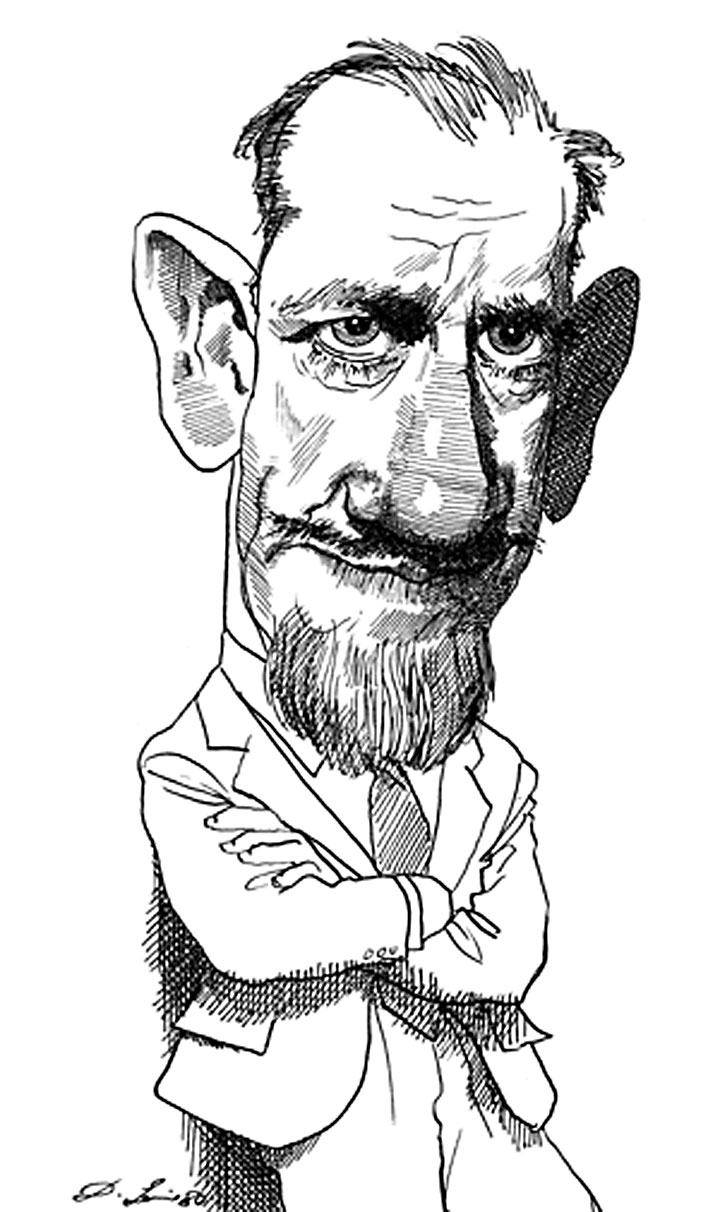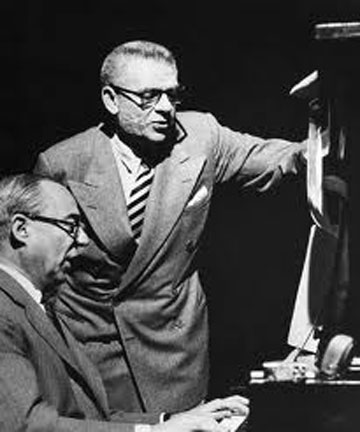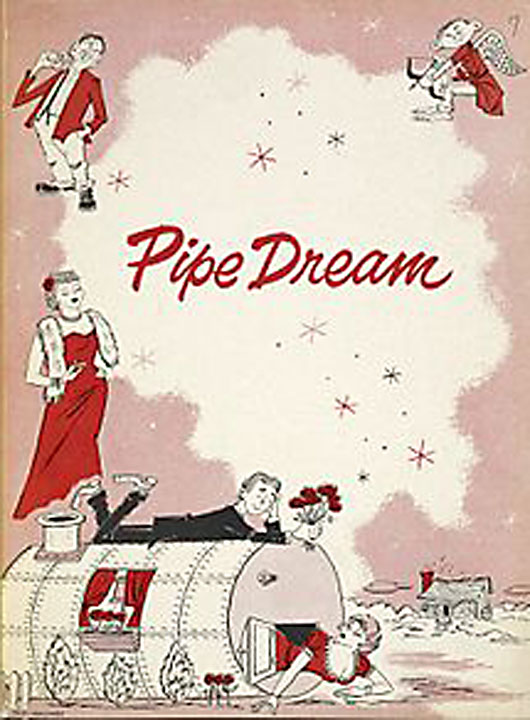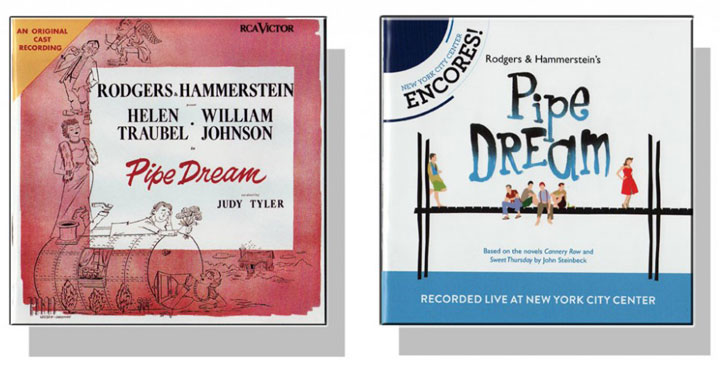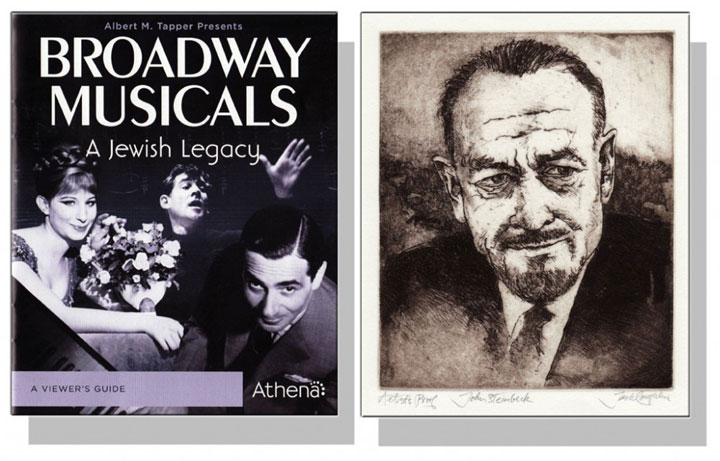Did casting cause the closing of Pipe Dream, the Broadway musical created by the dream team of Rodgers and Hammerstein from John Steinbeck’s novel Sweet Thursday? The movie star they counted on to carry the show, Steinbeck’s friend Henry Fonda, couldn’t sing and wasn’t cast. The opera star Helen Traubel couldn’t act but was, and that caused problems they should have foreseen. Urged on by Richard Rodgers, Julie Andrews signed up for My Fair Lady instead of Pipe Dream, proving that some advice is worth following. In a Playbill magazine piece published to coincide with the anniversary of the show’s opening on November 30, 1955, Bruce Pomahac argues that the fault for its failure lay not with its stars but with its creators. Rodgers and Hammerstein were white bread compared with Steinbeck, and their views on acceptability were not in alignment. By playing down “the more prurient aspects” of Steinbeck’s story, “R&H were doing what they did best,” with the predictable result that “Steinbeck felt Rodgers & Hammerstein had, as he put it, ‘turned my whore into a visiting nurse.’” According to Pomahac, the 2012 off-Broadway revival of Pipe Dream by City Center “provided us with the first real shot at what Pipe Dream might have been since it first played on Broadway in 1955.” According to Theodore Chapin, who heads the Rodgers and Hammerstein Organization, the adaptors who are waiting in the wings to bring it back agree on one thing. “Put more Steinbeck in” if you want to succeed on Broadway.
Caricature of John Steinbeck by David Levine.
